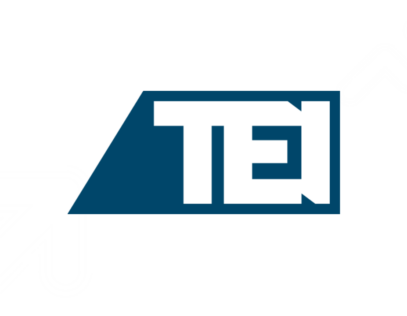Pretty much everything about the tax provision process is complicated. The delicate balance of transparency is no exception. On one side, auditors, regulators, and other stakeholders want ever greater insight into your clients’ operations. On the other, many companies are keen to guard the “secret sauce” behind their effective tax rate (ETR).
But there is one aspect of transparency that’s non-negotiable: your clients’ need for complete visibility into the mechanics of tax provision calculations. The better the visibility, the less time you will have to spend at the end of the process explaining financials to auditors and customers when timelines are especially tight.
The Visibility Gap: Where Challenges Begin
After weeks of compiling and inputting client data into your tax provision software, you’re finally ready to submit your reports. Within hours, questions from the client start pouring in: How do these figures flow from one report to another? How were these specific values calculated? What assumptions were used in calculating those deferreds? Before long, auditors will be asking clients their own detailed questions.
In these crucial moments, total visibility into calculations isn’t just helpful—it’s essential.
When service providers can quickly trace values back to their sources—whether user inputs, linked reports, or formulas—they resolve questions on the spot, reducing the need to escalate issues. The benefits flow to the firm, too: clarity in formulas supports faster decision-making and fewer delays, which means you can add clients without adding resources.
Building a Stronger Compliance Foundation
Visibility isn’t just about providing answers or saving time—it’s also a cornerstone of compliance and audit-readiness. It builds client trust, forges good relationships, and elevates the quality of your deliverables. But the stakes keep getting higher.
FASB’s latest accounting standards update, issued in response to investor demands for more transparency, dramatically increases companies’ disclosure requirements (and calculations) around the tax provision. The message has gotten through: in a recent survey 84% of tax executives said better contemporaneous documentation was critical to audit preparedness, while 56% anticipated more frequent and rigorous audits due to rising transparency standards.
By catching anomalies—such as outliers in the ETR—early on, service providers can resolve errors before finalizing client reports. This proactive approach ensures smoother reviews, reinforces client confidence in your financial reporting, and aligns with evolving global standards like the OECD’s Pillar Two framework, and the EU’s Public Country-by-Country Reporting (CbCR) requirements.
During audits, this level of visibility becomes even more crucial. When auditors can independently trace values and verify calculations, the process becomes more efficient and less disruptive for clients, which makes your firm shine. Questions are resolved quickly, back-and-forth communication is minimized, and billable hours are reduced. Meanwhile, you’re building trust through straightforward, transparent reporting.
The Strategic Role of Visibility in Tax Governance
Visibility doesn’t just streamline tax provision workflows—it transforms them. With a clear understanding of data flows and calculations, service providers can shift from reactive problem-solving to setting clients up for proactive decision-making.
This evolution not only strengthens compliance; it also uncovers opportunities to optimize processes and deliver better outcomes. And, by making data flows and calculations transparent, visibility into your tax provision processes also serves as a learning tool: helping your clients deepen their real-world understanding of the complex technical guidance of FASB’s ASC 740 standards.
By embedding visibility into your client tax provision strategy, you gain more than operational efficiency—you gain a deeper, more holistic understanding of the inner workings of the tax provision itself. And so do your clients, which instills confidence in your firm throughout the entire process.
To read another part of this Tax Provision Visibility Series, click below:
Part One: Compliance with Confidence: Why Tax Provision Visibility Matters
Part Two: Compliance with Confidence: Visibility into Foreign Currency Translations
Part Three: Compliance with Confidence: Visibility into Deferred Tax Calculations
Part Four: Compliance with Confidence: Visibility into State Tax Calculations
Part Five: Compliance with Confidence: Visibility into Calcuations for Financial Statement Audits









